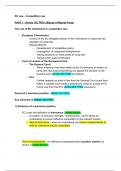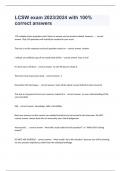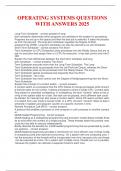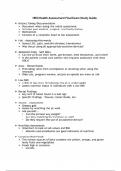Summary
Summary EU Law - Competition Law (Notes & Exam Guidance)
These notes cover EU competition law as taught on the EU Law module of postgraduate law conversion courses (the GDL/PGDL). They can also cover topics on introductory EU Law papers taught on UK undergraduate Law degrees (LLBs). As well as notes, this document includes exam plans in the form of fl...
[Show more]












